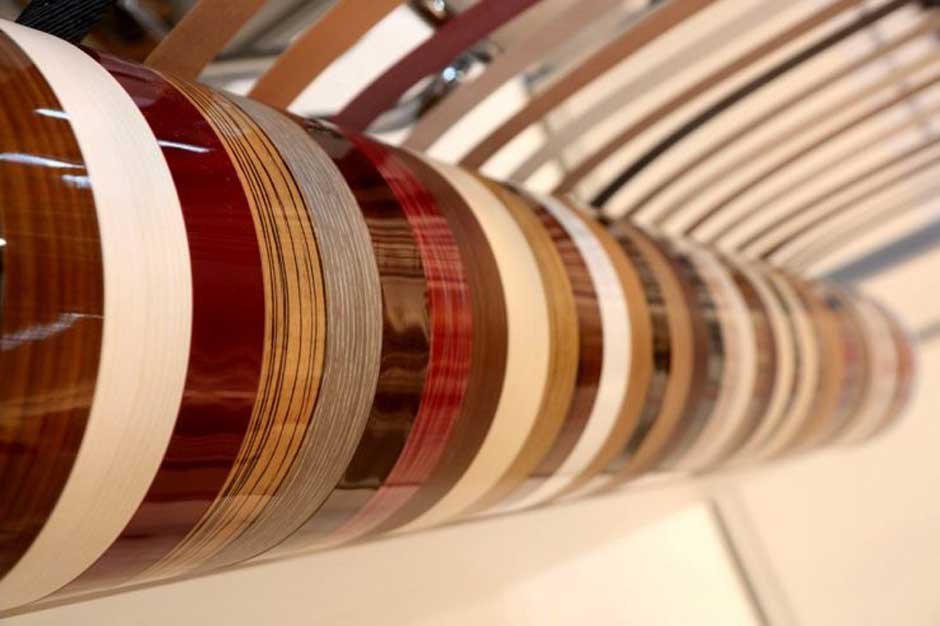Edge banding is a woodworking process in which a thin strip of material, typically wood, plastic, or metal, is applied to the edge of a panel or board to cover and protect the exposed edges. This is often done to improve the appearance of the finished product and to make it more durable. Edge banding can be applied to both raw and finished wood, and is commonly used in the manufacture of furniture, cabinetry, and other wood products.
There are several situations in which edge banding can be useful:
- To cover rough or unfinished edges: If the edges of a panel or board are rough or unfinished, edge banding can be used to smooth out the edges and give the project a more polished look.
- To match the color or grain of the panel or board: Edge banding can be used to match the color or grain of the panel or board to the rest of the project, which can be especially useful if the panel or board has a unique or exotic wood species.
- To add a decorative touch: Edge banding can be used to add a decorative touch to a project, such as using a contrasting color or texture to create a design feature.
- To improve the durability of the project: Edge banding can protect the edges of a panel or board from damage, such as chipping or splitting, which can improve the overall durability of the project.
Edge banding is not necessary for all woodworking projects, but it can be a useful addition in certain situations. It’s a good idea to consider the specific needs and goals of your project when deciding whether or not to use edgeb anding.
Can you apply edge banding over paint?
Yes, it is possible to apply edge banding over paint, but it may be more challenging than applying edge banding to bare wood. If you decide to apply edge banding over paint, it’s a good idea to use a high-quality adhesive and to follow the manufacturer’s instructions for application and maintenance. Proper preparation and care can help ensure that the edge banding adheres well and looks good on the finished project.
Which glue is best for edge banding?
There are several types of glue that can be used for edge banding, and the best choice will depend on the type of edge banding material and the application method. Here are a few options:
- PVA (polyvinyl acetate) glue: This is a common type of wood glue that is suitable for use with most types of edge banding material. It is strong, water-resistant, and dries clear, making it a good choice for visible edges.
- Contact cement: This type of glue is very strong and provides a permanent bond, but it can be difficult to work with because it dries quickly and cannot be repositioned once it has been applied. Contact cement is often used with edge banding materials that are difficult to glue, such as melamine or PVC.
- Hot melt glue: This is a type of glue that is applied using a heat gun or other heating device. It provides a strong bond and is often used with edge banding machines that apply the edge banding using heat. Hot melt glue is available in various formulations, including ones that are suitable for use with wood, plastic, and other materials.
It’s important to choose a glue that is compatible with the edge banding material and the application method. Some edge banding materials may require special adhesives, such as melamine or PVC, which may require the use of a specific type of glue. It’s also a good idea to test the glue on a small piece of scrap material before using it on your project to ensure that it provides the desired bond strength and appearance.

